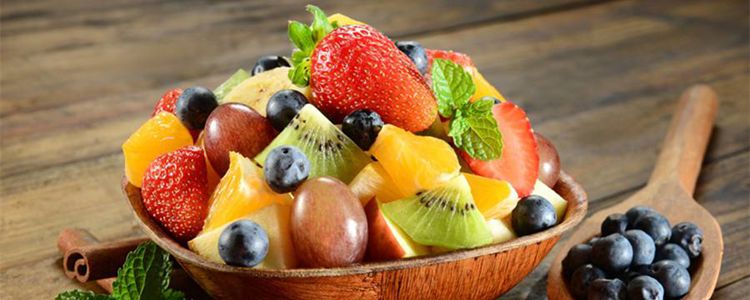GUANGDONG KELONG BIOTECHNOLOGY CO., LTD.
Add: No.5-17 and No.5-32, South area of Qibao Industry and Trade, Huicheng, Xinhui, Jiangmen, Guangdong, China
Tel:+86-750-6978788
Fax:+86-750-6978868
Wechat: 13828063050
Website: http://www.kelongbio.com
Email: export@kelongbio.com
marketing@kelongbio.com
Recently, the food and drug regulatory authorities have found that some fruit products have problems with over-range and over-limits of colorants. What is a pigment agent? How to apply it in the food industry? What are the relevant regulatory standards at home and abroad? Recently, the State Food and Drug Administration issued the 8th issue of “Food Safety Risk Analysis” in 2016, and organized relevant experts to interpret “colorants”.

1. A pigment agent is a food additive that imparts color to a food product and improves the color of the food.
pigment agents, also known as food pigment, are substances that impart pigment to foods and improve the pigment of foods, and are among the food additives. At present, there are more than 60 kinds of food coloring agents commonly used in the world, which can be divided into two categories: food natural coloring agents and food synthetic coloring agents according to their sources and properties. Food natural colorants mainly come from natural pigments. According to their different sources, there are mainly three types: one is plant pigments, such as beet red, turmeric, β-carotene, chlorophyll, etc.; the other is animal pigments, such as shellac red, cochineal red Etc.; the third is microbes, such as red yeast red. Food synthetic colorants are mainly synthesized according to certain special chemical groups or chromogenic groups. According to their chemical structure, they can be divided into two categories, one is azo pigments, such as amaranth, carmine, sunset yellow, Lemon yellow, new red, temptation red, acid red, etc.; second, non-azo pigments, such as red peony, bright blue and so on.
2, domestic and foreign use of food colorants and signs have clear and strict regulations.
Different countries have clear regulations on the type and use of food colorants. The regulations for the use of food natural colorants and food synthetic colorants are also found in the International Codex Alimentarius Commission (CAC), the European Union, the United States, Japan, Australia, New Zealand, Canada and other international organizations, national and regional regulations and standards.
China's "Food Safety National Standards for the Use of Food Additives" (GB2760) clearly stipulates the varieties, scope of use and limits of use or residues that allow the use of food colorants, and the corresponding quality specifications are gradually improved. At the same time, in accordance with the "General Principles for the Pre-packaged Food Labeling of Food Safety National Standards" (GB7718), as long as the coloring agent is used in the food, it must be marked on the food label.
3, the reasonable use of colorants in accordance with the standard does not cause harm to human health.
Whether it is a food natural colorant or a food synthetic colorant, its safety must be on the same starting line for risk assessment. As long as the risk assessment is obtained, it is safe to obtain approval and standardize according to the standard regulations and corresponding quality specifications, and will not cause damage to the health of consumers. The food additives allowed in GB2760 are all evaluated for safety. Consumers do not have to worry about the colorants used in the standard.
4. At present, there is a phenomenon in which foods are out of range and the use of coloring agents is exceeded. It is necessary to pay great attention to such problems.
According to the results of the 2015 Food Safety Supervision and Inspection conducted by the State Food and Drug Administration, the over-range and over-limit use of food additives, including colorants, accounted for 24.8% of the unqualified samples. The reason is that some manufacturers do not understand the relevant standards, lack of corresponding technical management, and some manufacturers deliberately want to save production costs, or one-sided pursuit of product sensory effects.
Therefore, experts suggest that: First, food production enterprises must strictly abide by relevant standards and regulations. Food production enterprises should strictly abide by the requirements of GB2760 and GB7718. The amount of food additives, including food colorants, should be reduced as much as possible in the food, and the label should be specified in the label. Second, the regulatory authorities should increase the supervision of over-range and over-limit use of food colorants. It is recommended to strictly supervise the use and identification of food colorants by food companies. The addition of food coloring agents to violations requires severe penalties, while strengthening the guidance and training of practitioners. Third, consumers should treat food colorants rationally. Consumers are advised to look at colorants rationally. Do not over-pursuing the sensory properties of food. The food ingredients and sensory quality should be understood from a scientific and natural perspective.